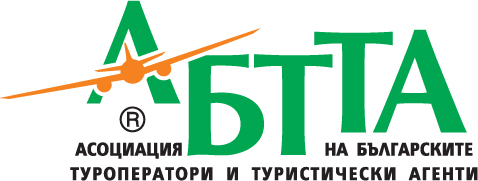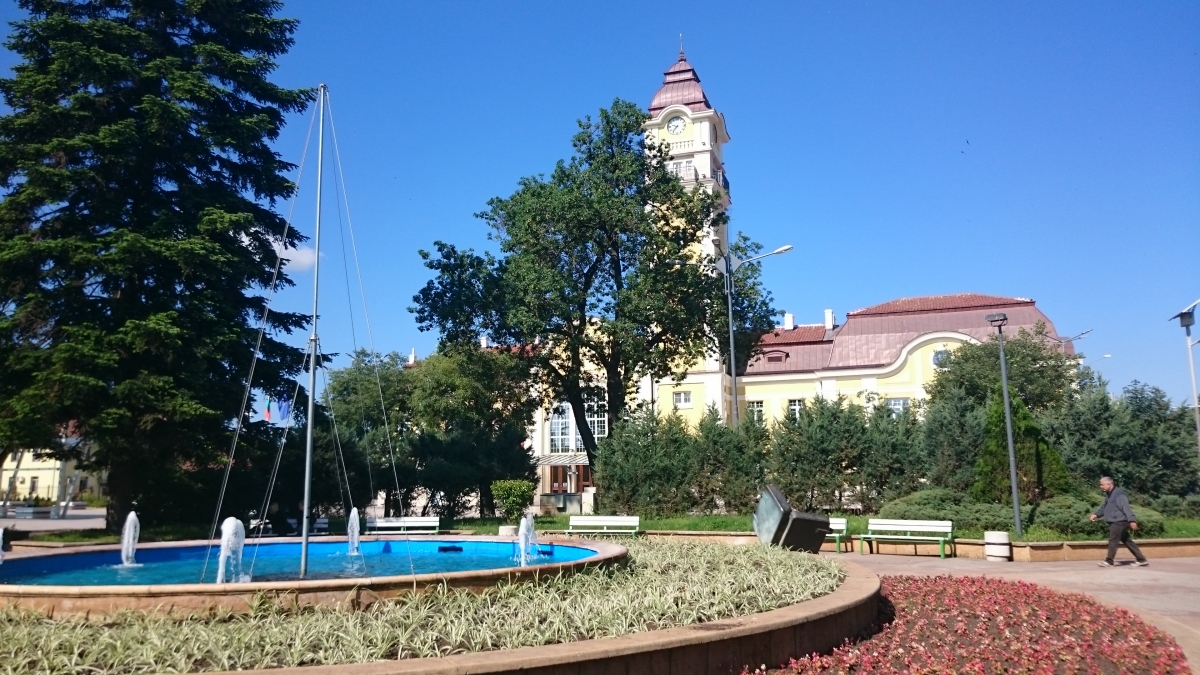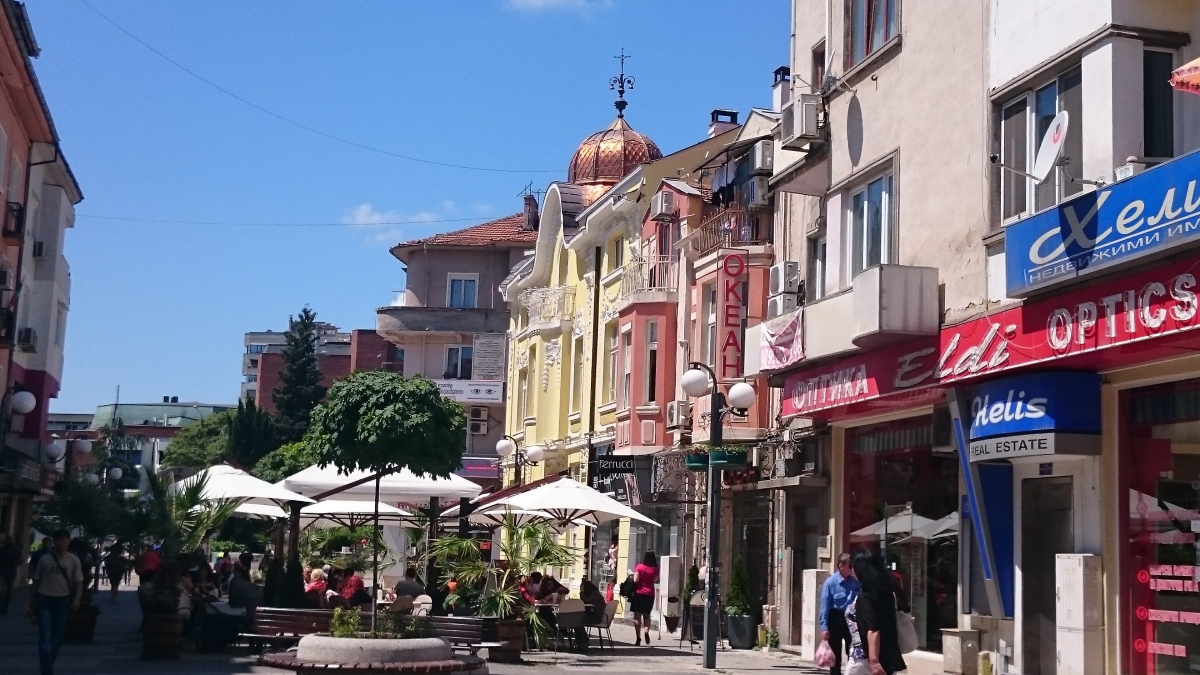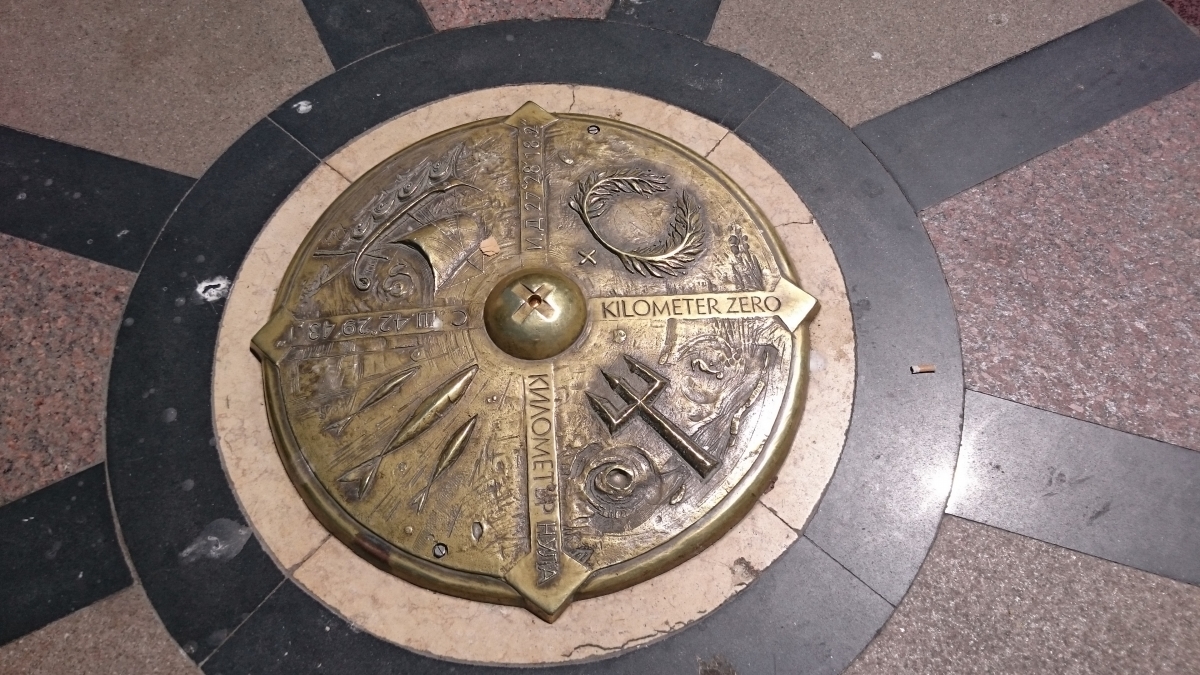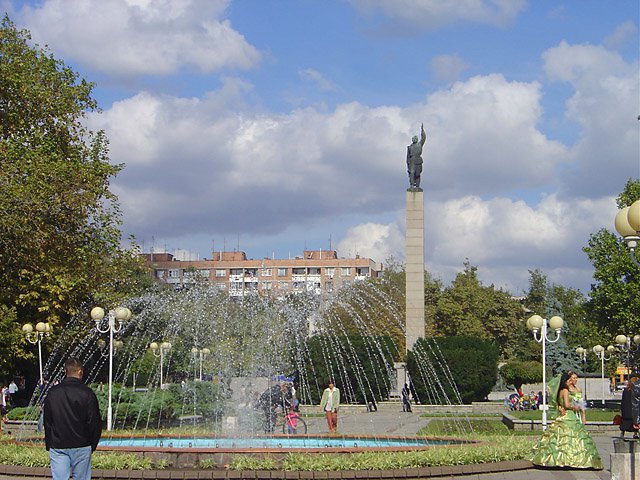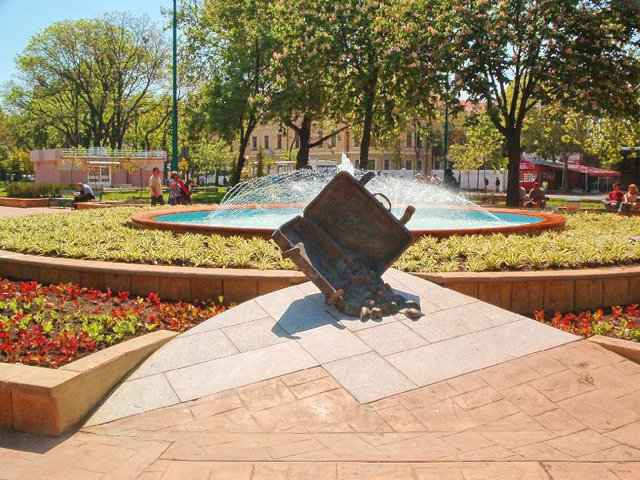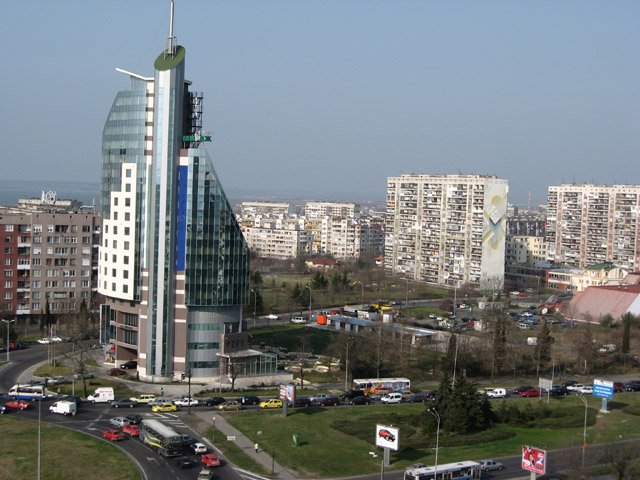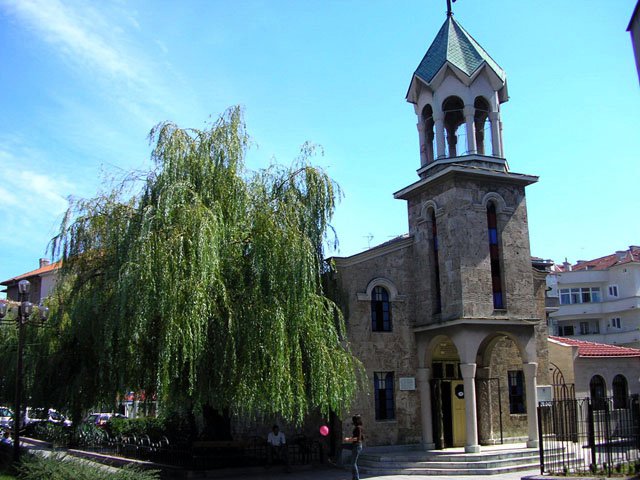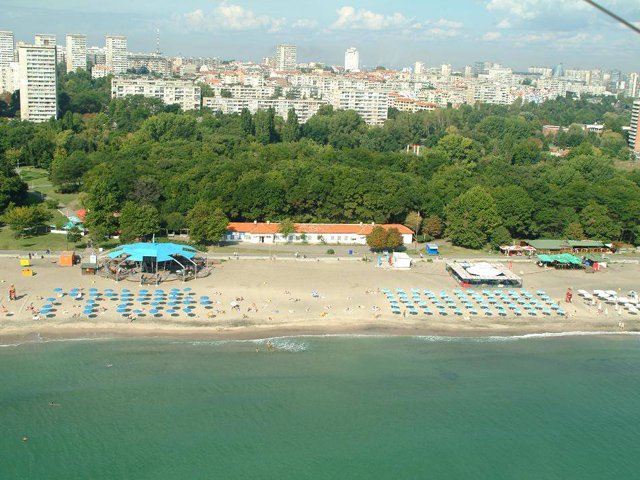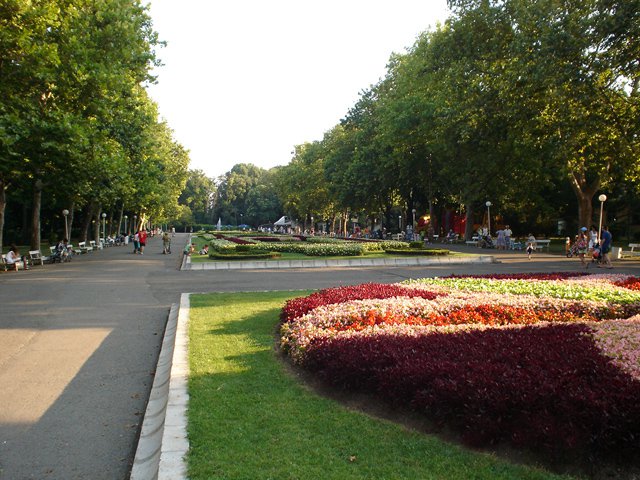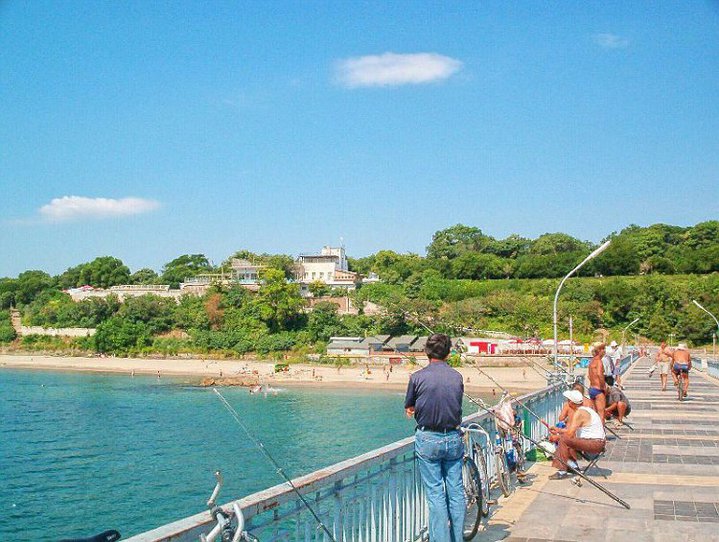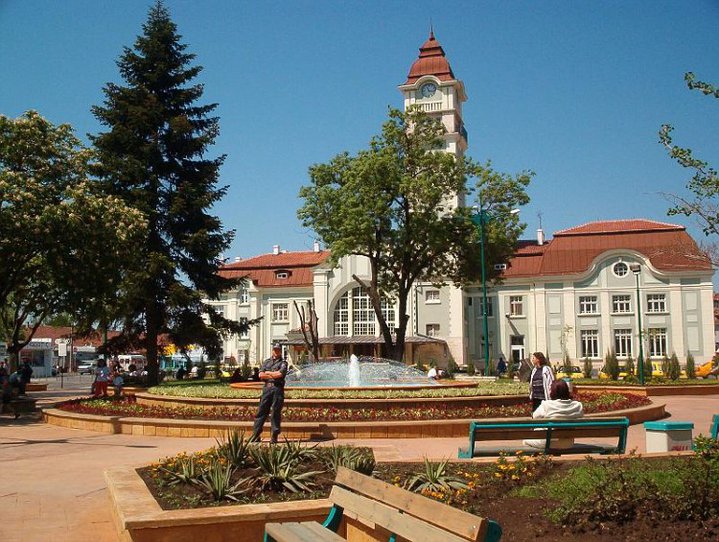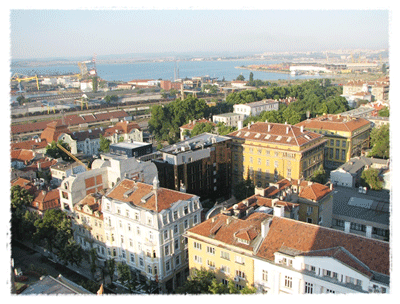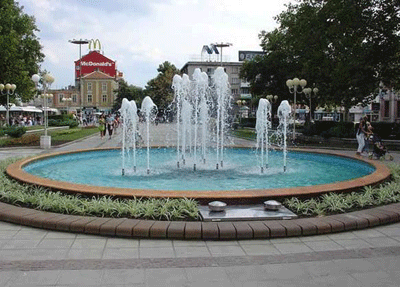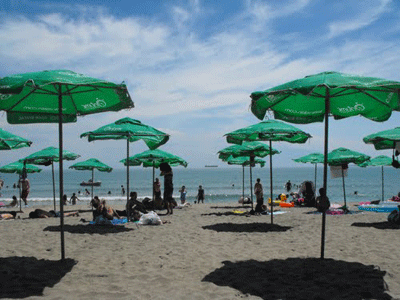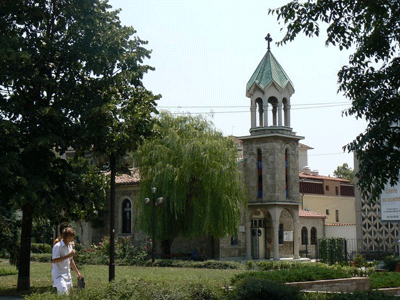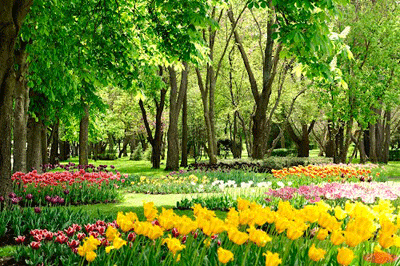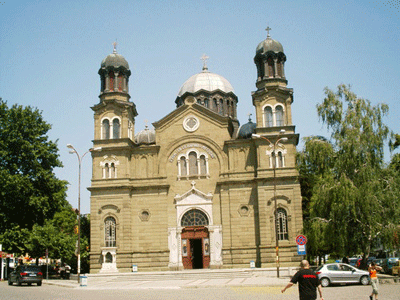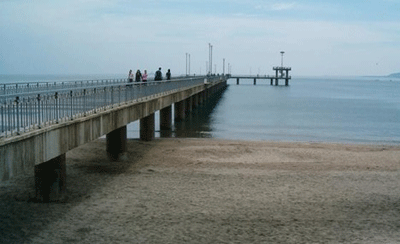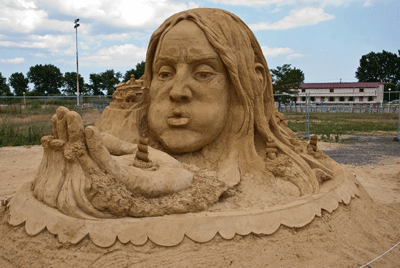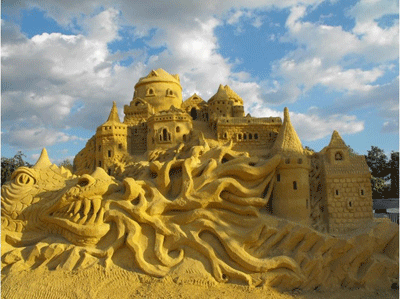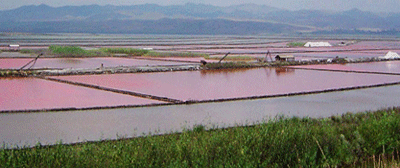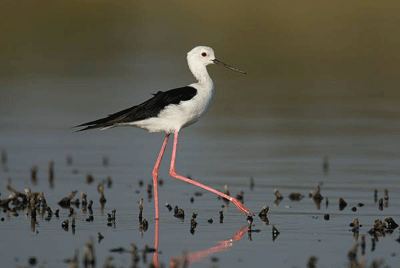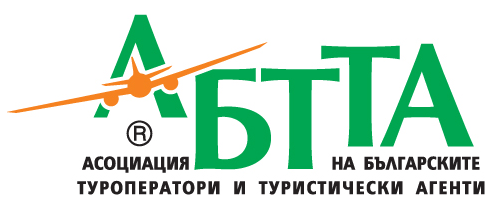Burgas
»
Burgas
Burgas (bul. Бургас, [`burgas] is situated in the Eastern part of Bulgaria, on the Black sea coast. The spectacular city squares, the unique combination of verdure, marble water cassades form the charm of the city. History, culture and natural beauty present its unforgettable profile.
Burgas is proud of its orthodox cathedral St. Cyril and Method with pretty decoration and frescos, the Armenian church, the catholoic cathedral, the churches of Holy Mother and St. John Rilski, the Historic museum, the Naturalistic museum, the opera house, the theatres and the numberless galeries.
The bay of Burgas has one of the longest beaches, fine golden sand, low seabed, calm and clean seawater.
There are many options for those who love sports- beach volleyball, extreme watersports, tennis coarts- all these you can find in the Sea garden. The numerous restaurants and bars by the coast offer everyone coiness, leisure activities and delicious food and drink.
The airport, the train station, the sea port nad the numerous bus routes make Burgas a central transport centre in Bulgaria.
The bay of Burgas has one of the longest beaches, fine golden sand, low seabed, calm and clean seawater.
There are many options for those who love sports- beach volleyball, extreme watersports, tennis coarts- all these you can find in the Sea garden. The numerous restaurants and bars by the coast offer everyone coiness, leisure activities and delicious food and drink.
The airport, the train station, the sea port nad the numerous bus routes make Burgas a central transport centre in Bulgaria.
The unique flora and fauna of Burgas
Burgas is surrounded by unique natural assets: the lakes Burgas (Vaya) -the biggest natural lake in Bulgaria, the salty lake-reserve Atanasovsko, the protected area Vaya and Mandra lake.
With 316 species of birds recorded at the lake and its surroundings (out of 406 recorded for the entire country) Atanasovsko lake is truly bird paradise of Bulgari. Of 100 bird species listed in Bulgaria`s Red book, 17 breed at the lake and another 60 occur here during the different seasons. The most numerious are the Avocet, Common Tern and Little Tern. The lake is the main breeding location for the Collared Pratincole, the symbol of the reserve. Situated on the Via Pontica migration route, Atanasovkso lake is renowned as the best place in Bulgaria for bird watching and studying autum migration. The lake is divided into a northen and southern part by E- 87 Burgas- Varna highway. It has devoloped sa a saltworks in 1906. Curative mud, lye and Brine Shrimp are among the most valuable natural resources of the lake.
The lake of Burgas (called Vaya) is the biggest natural lake in Bulgaria. Vaya is separated from the Black sea by a sand bar on which an industial zone of Burgas has been built up. The channel connecting the lake with sea sllows the inflow seawater into the wetland and provides a corridor for the saltwaterfish. Three rivers flow into the western part of the lake- Aytoska, Sanar-Dere and Chakarliyka. The western end of the lake holds a large and dense reedbed. Over 60 interbrates, more than 20 fish species and 254 birds are recorded at Vaya. It owes its international significance to the hihg winer concentracions of Pygmy cormorants, Dalmatian Pelicans, Great White Egrest, Red-breasted Geese, White-headed Duck.
Mandra comlex lies 1 km souther of Burgas. Previously brackish, in 1960 it was converted into a resevior with surface area of 3 884 ha. Mandra preserves a large volume of fresh water, a declining natural resource nowadays. The lake abuts the northern slopes of Strandja mountain range, an area known for its characteristic forest vegitation which includes Neapolitan Cyclamen, Common Peony, Snowdrop and Crocus.
The most valuable parts of Mandra are under protection and are important bird areas of continental significance: Poda, Izvorska estuary.
Poda is the first protected area in Bulgaria to be entrusted to the managenent of a NGO, namely the Bulgarian Society for the Protection of Birds.
A wild range of species are recorded within the protected site: 231 higher plants, 168 invertebrates, 6 fish species, 15 amphibians and reptiles, 255 birds and 18 mammals. The breeding colonies of Spoonbills (the symbol of Poda), Glossy Ibises, Grey, Night and Purple Herons and Little Egrets give the site international significance. The terraces of Poda National conservation Centre provide excelent opportunities to observe the Poda bird diversity. Different binoculuses and all the equipment for observation can be found in the Poda station at the entrance of the area. The visitirеs can also book a lecture about the population of the reserve.
With 316 species of birds recorded at the lake and its surroundings (out of 406 recorded for the entire country) Atanasovsko lake is truly bird paradise of Bulgari. Of 100 bird species listed in Bulgaria`s Red book, 17 breed at the lake and another 60 occur here during the different seasons. The most numerious are the Avocet, Common Tern and Little Tern. The lake is the main breeding location for the Collared Pratincole, the symbol of the reserve. Situated on the Via Pontica migration route, Atanasovkso lake is renowned as the best place in Bulgaria for bird watching and studying autum migration. The lake is divided into a northen and southern part by E- 87 Burgas- Varna highway. It has devoloped sa a saltworks in 1906. Curative mud, lye and Brine Shrimp are among the most valuable natural resources of the lake.
The lake of Burgas (called Vaya) is the biggest natural lake in Bulgaria. Vaya is separated from the Black sea by a sand bar on which an industial zone of Burgas has been built up. The channel connecting the lake with sea sllows the inflow seawater into the wetland and provides a corridor for the saltwaterfish. Three rivers flow into the western part of the lake- Aytoska, Sanar-Dere and Chakarliyka. The western end of the lake holds a large and dense reedbed. Over 60 interbrates, more than 20 fish species and 254 birds are recorded at Vaya. It owes its international significance to the hihg winer concentracions of Pygmy cormorants, Dalmatian Pelicans, Great White Egrest, Red-breasted Geese, White-headed Duck.
Mandra comlex lies 1 km souther of Burgas. Previously brackish, in 1960 it was converted into a resevior with surface area of 3 884 ha. Mandra preserves a large volume of fresh water, a declining natural resource nowadays. The lake abuts the northern slopes of Strandja mountain range, an area known for its characteristic forest vegitation which includes Neapolitan Cyclamen, Common Peony, Snowdrop and Crocus.
The most valuable parts of Mandra are under protection and are important bird areas of continental significance: Poda, Izvorska estuary.
Poda is the first protected area in Bulgaria to be entrusted to the managenent of a NGO, namely the Bulgarian Society for the Protection of Birds.
A wild range of species are recorded within the protected site: 231 higher plants, 168 invertebrates, 6 fish species, 15 amphibians and reptiles, 255 birds and 18 mammals. The breeding colonies of Spoonbills (the symbol of Poda), Glossy Ibises, Grey, Night and Purple Herons and Little Egrets give the site international significance. The terraces of Poda National conservation Centre provide excelent opportunities to observe the Poda bird diversity. Different binoculuses and all the equipment for observation can be found in the Poda station at the entrance of the area. The visitirеs can also book a lecture about the population of the reserve.

